|
Children who’ve been impacted by trauma often lack good self-regulation. In other words, they have a hard time regulating their emotions. Teaching children about feelings is important. As parents and teachers, helping your child or students identify and understand their feelings and to manage their emotions can make a big difference in their day to day. For some kids, this will take time. And practice. A child who understand their emotions is less likely to use behaviors such as tantrums and hitting to express his or her emotions. 5 Ways to Teach Children About Feelings1. Talk About Feelings A great place to start is how someone other than your child or student is feeling. Use yourself as a learning tool. “I feel sad today because…” “I feel frustrated that my car won’t start.” Also, others around you can be great examples too. “That little boy looks like he feels sad that he has to leave the park.” Books and movies can provide good opportunities to talk about feelings. “How do you think the little boy feels?” “What do you think the mom in the movie is feeling?” 2. Help your Child Identify Feelings Children often are unable to identify feelings. Naming the feeling for your child can help. "It looks like you are feeling sad that we can’t go to the park today." Mealtime can be a great time for discussions about feelings. Be a role model. Share a story about something that happened in your day and then say how you felt. As kids are ready to talk about their day and feelings, you can encourage them to do the same. 3. Acting Out Feelings Use puppets or stuffed animals to act out emotions. Make it fun. This can be a safe place for children to talk about their feelings through an animal or puppet. 4. Learning About Feelings Through Play Make it fun. Play Guess the Emotion game. For example, make a sad face and have your child guess how you are feeling. Another one is for the child to match his or her face with the emotion on your face. 5. Children’s Books and Games About Feelings Books and games are great tools for teaching children about feelings. They can be a great teaching tool, as well as an open door for discussions. We’ve listed some of our favorites below…with affiliate links to make it easy to find them. 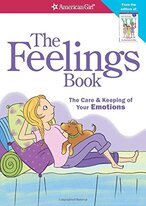 The Feelings Book: The Care and Keeping of Your Emotions by Lynda Madison The Feelings Book will help you understand your emotions, and deal with them in positive ways. You’ll get tips on how to express your feelings and stay in control, plus get sensitive advice on handling fear, anxiety, jealousy, and grief. Learn how to stay in the driver’s seat of your own emotions! 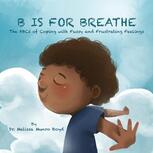 B is for Breathe: The ABCs of Coping with Fussy and Frustrating Feelings by Dr. Melissa Munro Boyd From the letter A to the letter Z, B is for Breathe celebrates the many ways children can express their feelings and develop coping skills at an early age. Fun, cute, and exciting illustrations, this colorful book teaches kids simple ways to cope with fussy and frustrating emotions. This book will inspire kids to discuss their feelings, show positive behaviors, and practice calm down strategies. 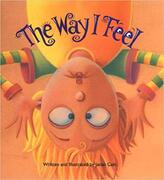 The Way I Feel by Janan Cain Feelings are neither good nor bad, they simply are. Kids need words to name their feelings, just as they need words to name all things in their world. The Way I Feel uses strong, colorful, and expressive images which go along with simple verses to help children connect the word and the emotion. Your child will learn useful words, and you will have many chances to open conversations about what’s going on in her/his life. Recommended by parents, teachers and mental health professionals, The Way I Feel is a valuable addition to anyone's library.  How Do You Doodle? by Elise Gravel Meet Otti, Ugga, and Flibb—They like to doodle. They doodle all the time! They doodle when they are mad, they doodle when they are glad, and they doodle when they are sad. They doodle just about anything they want! How Do You Doodle? has over 40 doodle games for you to doodle, scribble, and draw out your thoughts, emotions, and feelings. You can draw or write whatever you want in this book — cute drawings, silly drawings, even ugly drawings. Be creative and express yourself! Your doodles will help you to understand and recognize your emotions and feelings. How do You Doodle? can be used alone, or in association with a therapist or parent to help kids better realize and understand their emotional responses to situations, and to help promote better emotional health. A "Note to Parents" is included. 
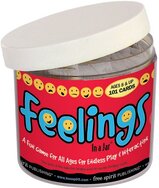 Feelings in a Jar: A Fun Game for All Ages for Endless Play & Interaction Everyone needs to know how to name and express feelings. Each jar holds 365 little slips printed with ";feelings words";€”gleeful, insecure, grateful, angry, cranky, courageous, hopeful, and many more. Pull a slip and act out the feeling, or invite someone else to act it out. Use as discussion starters, journaling prompts, or icebreakers for groups. Ages 8 & up. 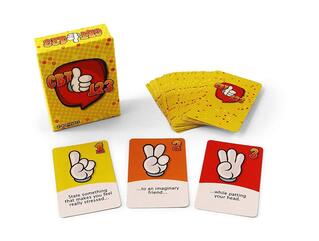 CBT 123 Version 2.0: The Hilariously Fun Game That Empowers Kids and Teens to Take Charge of Their Thoughts, Actions, and Emotions EXCITING GAMEPLAY: Players work to pick up sets of 1, 2, and 3 cards, acting out the fun situations on the sets
1 Comment
Kathy
12/10/2019 11:29:17 am
What are the intended age ranges for the books? Looking for something appropriate for 9-12 year olds.
Reply
Leave a Reply. |
Categories
All
Archives
February 2020
|



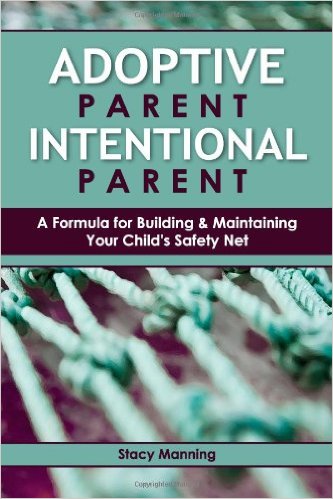

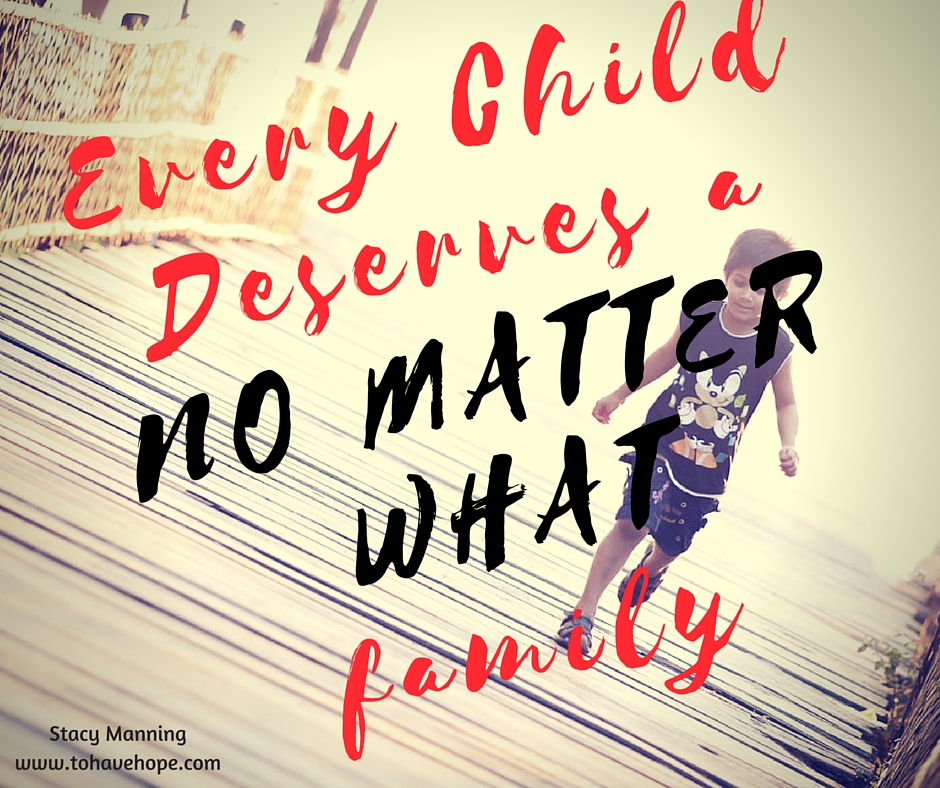
 RSS Feed
RSS Feed